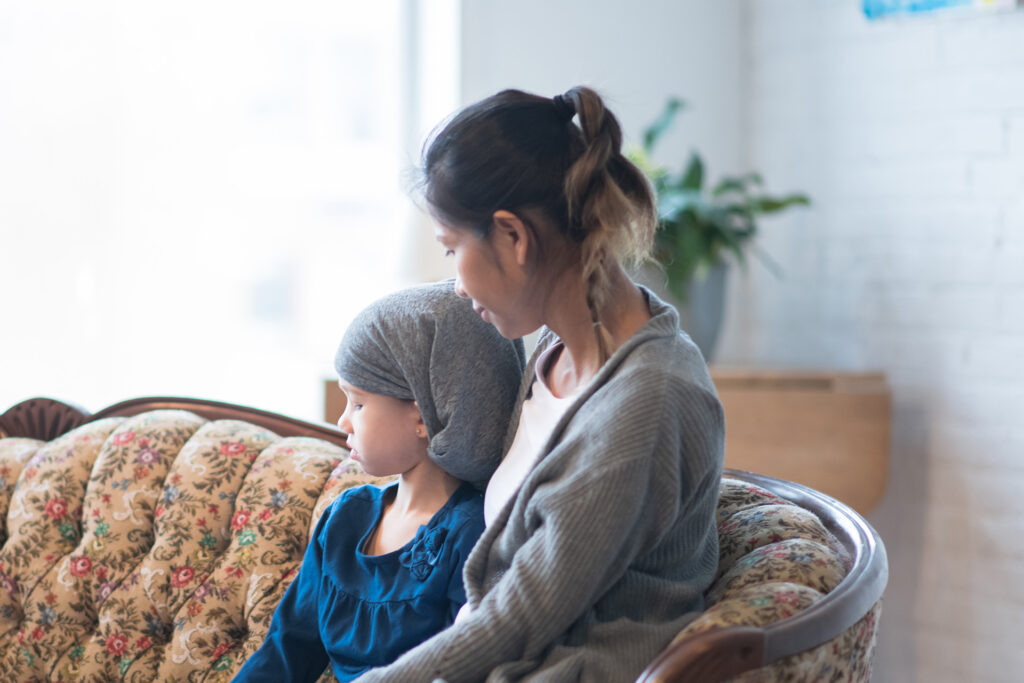The theme for International Women’s Day 2025, “March Forward for Economic Equality,” could not be timelier, especially when reflecting on the role of women carers in Australia. According to the 2024 National Carer Survey and the 2024 Carer Wellbeing Survey, 82.6% of carers in Australia are women. This is not a coincidence; it is the result of deeply ingrained societal norms and gendered expectations.
The hidden cost of caring
Unpaid carers save the Australian economy an estimated $77.9 billion annually. For context, this is greater than the total projected cost of the NDIS for 2023–24, which stands at $44.3 billion. Whilst most carers are driven by love and commitment rather than financial gain, and no real monetary value could ever equal their unique expertise, the economic value of unpaid care is undeniable. The strain on Australia’s economy if unpaid carers were unable to continue their roles would be catastrophic. The ripple effect would extend far beyond what our social support systems could absorb.
Yet, unpaid carers often face financial hardship, workplace barriers, and career setbacks despite their indispensable contributions.
The Invisible Load: is it here to stay?
Caring roles are not evenly distributed across genders, and the data suggests this won’t change soon. Of the 182 young carers in the 2024 survey, 70.6% were female, already juggling school, work, and caregiving – putting them at risk of the same financial hardships faced by adult carers today.
Beyond unpaid care, women also take on more domestic labour. A Melbourne Institute and Roy Morgan report found women do eight extra hours of unpaid domestic work per week, and even among full-time workers, women still do four more hours than men. It’s no surprise that most carers in the 2024 Carer Wellbeing Survey reported significant emotional distress and social isolation.
The workplace reality
Workplaces play a crucial role in supporting women carers remain in the workforce. Inflexible workplaces, lower wages, lack of career progression opportunities and challenges re-entering the workforce are why only 40% of working-age carers are employed. Less than half in paid work feel they can’t tell their boss about their responsibilities, and one in five say their workplace is unsupportive. While most disappointingly, half of all young carers in paid work say their employer expects their caring role not to interfere with work.
With a growing body of research suggesting carers with supportive employers experience better wellbeing and are more likely to stay in the workforce, making workplaces carer-inclusive, normalising flexible work, providing financial and career support isn’t just good for carers; it is good economic sense.
March forward for all women carers
If there’s a woman in your life who is a primary carer, whether for an ageing parent, a chronically ill partner, or a child with a disability, consider how you can help lighten the load. Share responsibilities where you can. Offer practical support. And if you’re an employer or manager, ask yourself: is your workplace truly inclusive of carers?
Wellways is proud to be recognised by Carers Australia and the Australian Government as a carer-inclusive workplace. The Carer Inclusive Workplace Initiative sets a standard for inclusivity every workplace in Australia should be aiming for.
Caring is a fundamentally human experience; it shouldn’t be limited to women and it certainly should not disadvantage them. Acknowledging, respecting, and supporting carers in the workforce are meaningful steps we should be taking toward economic equality – not just for women today, but for the young carers who will step into these roles tomorrow.

